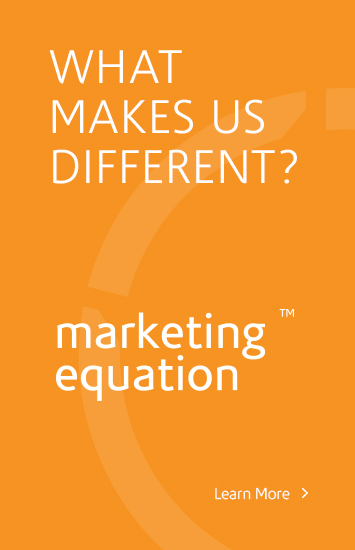Aug 27, 2008
Optimizing a website for search engines is by far the best way to rank a website in the search engines. In order for the search engines to index and rank a website in the search engine results pages they need to crawl the site and see what the theme of the site is about.
One of the most important aspects of on-page optimization is the internal link structure of the website. For both search engines and users there must be a clear concise way of finding pages. Internal links are like road signs directing people to another road.
The more clear the sign or the link the better. All of the pages of a website should serve some purpose. Whether it is for information, pictures, videos, contact information, or legal disclaimers. So it is essential to understand what the purpose is of a page so you can better use a road sign or link.
When using internal links it is very important to use the targeted keywords as the anchor text for the page. For example if one of your pages talks about muscle cars and that is the keyword you are targeting then you will want to use that as your anchor text. The page that is targeted for muscle cars should have the phrase in the title, meta description, meta keywords, and the url. Remember meta data and titles of web pages are very important.
Then if a visitor is in the site and searching for information they can easily find what they are looking for. The iformation must flow smoothly and be easy for the search engine crawler to find. Internal links will increase the search engine optimization of a website.
One method is also to use related articles at the end of an article. So as a reader is reading an article they can see other related articles with links to those articles. Be sure to use the keywords you are targeting for the other articles. Simply by going through a website and putting related articles links at the bottom of a page will dramatically increase your internal link structure.

